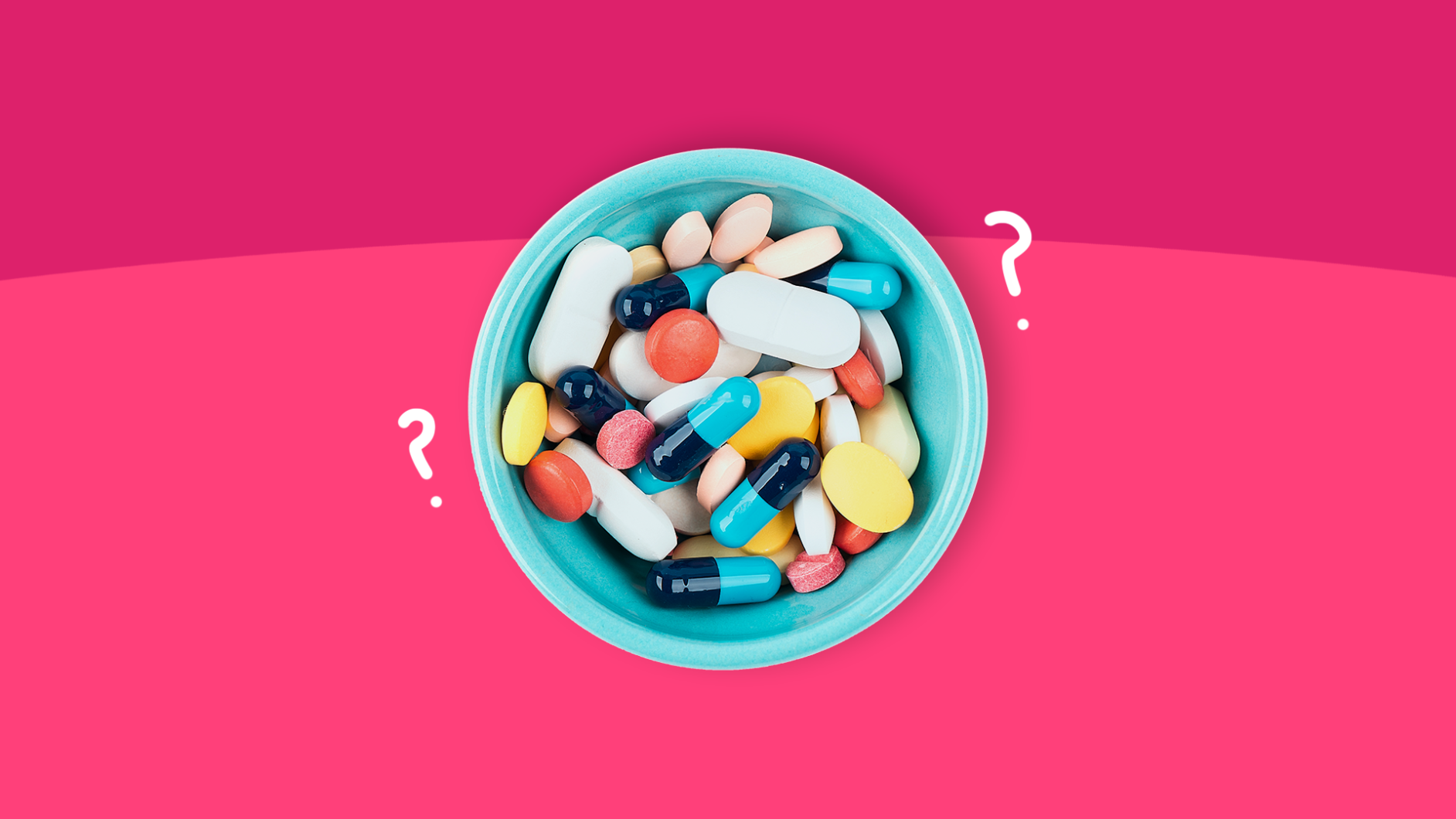Key takeaways
Pill color is selected by manufacturers primarily for marketing purposes and does not influence the drug’s effectiveness, though it can impact patient perception.
The color of medication can affect patient expectations and responses due to associations with potency or effects, contributing to the placebo effect.
Branding and emotional appeal play significant roles in the choice of drug color, with some brands being closely identified by their color, influencing generic manufacturers to maintain color continuity.
Different colors and shapes of pills serve practical purposes, such as distinguishing between drug strengths and reducing medication errors by aiding identification for both patients and pharmacists.
When I opened my new prescription of Wellbutrin, I was delighted to discover the pills matched my nail polish perfectly. Before I even took my first dose, I liked my new medication because it was pretty. Even after several months of taking it, I still get a little lift when I open the lid and see that beautiful shade of lilac. The previous dose I was on was electric blue. Starting that dose felt like beginning a new medication that could change my quality of life, potentially drastically. It was impactful and bold—like the choice to start a new antidepressant. The lilac pill (the same medication but a higher dose) felt calming. I was already in a better emotional place when I began taking them, and the soft purple mirrored my more content, less-anxious headspace.
My emotional response to the pill colors was real, but was it intentional by design? Does the color of medicine affect how well it works? According to the experts, the answer is… sort of.
Why are medicines different colors?
Pill color is chosen by the drug manufacturer. The decision is mostly based in marketing and the color in and of itself has no bearing on the efficacy of the drug. That said, the associations patients make with the colors may affect how they respond to the drugs.
The effects of pill color
“Consumers may associate the potency or strength of a drug based on the color of the medication,” says Gerardo Sison, Pharm.D. from the University of Florida. “Research shows that darker hues can influence a perception of higher potency.”
The placebo effect
These perceptions based on the color of drugs seems to influence their effectiveness. One study showed that red, yellow, and orange are associated with a stimulant effect, while blue and green are related to a tranquilizing effect. For some patients, the preconceived expectations they have before taking a medication can affect their outcomes while on the medication, both in terms of effectiveness and side effects. This is known as the placebo effect: any psychological or physical effect that a placebo (no active ingredient) treatment has on an individual.
The placebo effect is so powerful that historically many clinical drug trials have included a control group of participants who unknowingly receive treatment with no active ingredient to evaluate if the drug being studied works better than a placebo in its intended manner. The placebo effect is not limited to drug color. Drug size or shape, a patient’s preconceived biases, and many other factors can contribute to the strength of the placebo effect.
Branding association
Branding is another factor in choosing drug color. “Colors and design are mainly considered for emotional and brand appeal,” says Dr. Sison. “For instance, Viagra is sometimes known as the blue pill. AstraZeneca is known for manufacturing Nexium (esomeprazole) as the purple pill.”
The association between brand and color can be so strong that generic manufacturers continue it. “Oftentimes, the first manufacturer [when the drug is single source, brand name only] picks a color scheme and years later, when the drug is multi-source generic, the generic manufacturers keep the same color scheme so that it continues to be familiar to the patients,” explains Kristi C. Torres, Pharm.D. from Austin, Texas.
Why do pills come in different colors, shapes, and sizes?
Differing pill colors also have a practical application. Different colors may be used to distinguish between strengths of the same medication. “With drugs where patients may have to mix or change strengths often, the color coding makes it easier to identify what they are taking,” says Dr. Torres.
This differentiation is useful for pharmacists, too. “Distinguished colors also help prevent medical errors so the healthcare provider can make sure they’re giving the right medications to patients,” says Dr. Sison. “When checking medications at the pharmacy, the pharmacist can use colors as another layer of added security to see if anything is amiss before labeling and dispensing the bottle.”
Both Dr. Sison and Dr. Torres stress becoming familiar with what your medications are supposed to look like. Pharmacists are human and mistakes can happen. If your pill color or appearance is different than expected, or if you have any hesitations at all, ask your pharmacist for clarification. Sometimes this is the result of switching drug suppliers, but it is always best to make sure.




